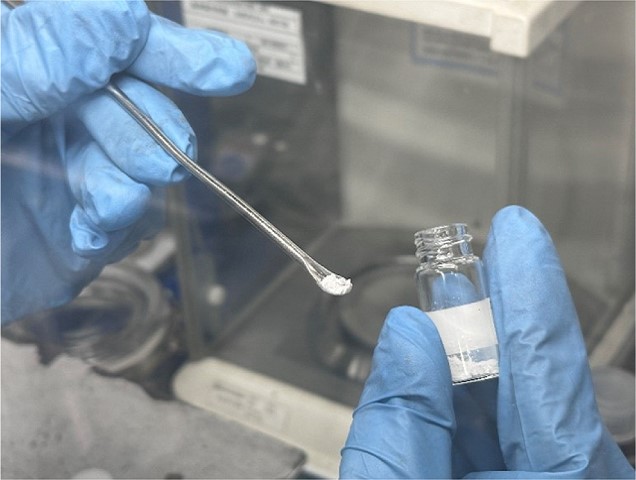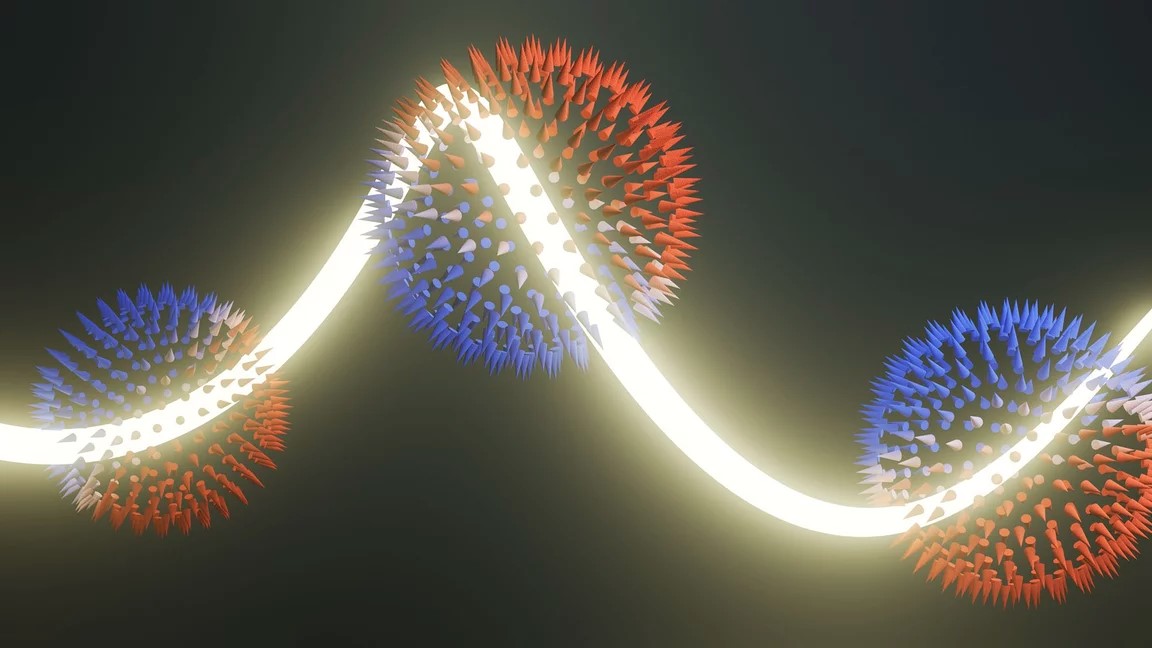Revolutionizing Water-Responsive Materials: A Breakthrough in Predicting Stress Generation
Scientists at the Advanced Science Research Center (CUNY ASRC) have unveiled an innovative approach to better understand and predict the behavior of water-responsive materials—substances that change shape by absorbing or releasing water in response to humidity changes. These materials, which naturally occur in nature, have the potential to transform industries such as robotics, smart textiles, bioelectronics, and clean energy systems.

Figure 1. The proposed method. (Credit: Darjan Podbevšek)
Although research on water-responsive materials has gained momentum, a gap still exists in understanding how these materials generate mechanical stress when they absorb or release water. Led by Professor Xi Chen at the CUNY ASRC Nanoscience Initiative and the Chemical Engineering Department at City College of New York, a team of researchers has developed a novel method to correlate the structure of confined water with the macroscopic properties of materials like silk. Figure 1 shows a moth-shaped cutout made of regenerated silk continuously moves on a hand, driven by surface moisture.
“Water-responsive materials that react to humidity changes are highly promising for use as actuators in robotics and for energy harvesting applications, yet we lack the theories to explain or predict the stress they generate,” said Chen [1].
Darjan Podbevšek, the paper's first author and a postdoctoral research associate in Chen’s and Raymond Tu’s labs, emphasized, “Our research shows that nanoconfinement of water plays a crucial role in determining the behavior of regenerated silk fibroin films. The important parameters highlighted in the study will allow us to better predict material performance and engineering for future use in water-responsive actuators.”
The study, published in Nature Communications, introduces a pioneering approach to explaining the behavior of water-responsive materials. It highlights how water’s molecular structure within these materials governs stress generation, an insight that previous studies had only explored qualitatively. This new method quantitatively demonstrates that the structure of water, rather than the material itself, plays a pivotal role in stress generation.
The team discovered that all the samples exerted force once they reached a critical threshold, where the ratio of bound to mobile water reached a specific value—a phenomenon that was consistent across all samples. This finding underscores the significance of the various water populations within the biomaterials and provides universal guidelines for predicting and engineering water-responsive behavior in biopolymers.
“This breakthrough not only helps us understand how water-responsive materials work, but also opens doors to exciting new applications in tissue engineering, biocompatible materials, optical coatings, and beyond,” said Tu.
Funded by the Air Force Office of Scientific Research and the National Science Foundation, the study offers valuable insights that could impact a range of hygroscopic and water-absorbing materials. Its implications span industries such as biomedical engineering, food preservation, and cosmetics.
Source: Advanced Science Research Center
References:
- https://www.eurekalert.org/news-releases/1063813
Cite this article:
Hana M (2024), Revolutionizing Water-Responsive Materials: A Breakthrough in Predicting Stress Generation, AnaTechMaz, pp. 65















